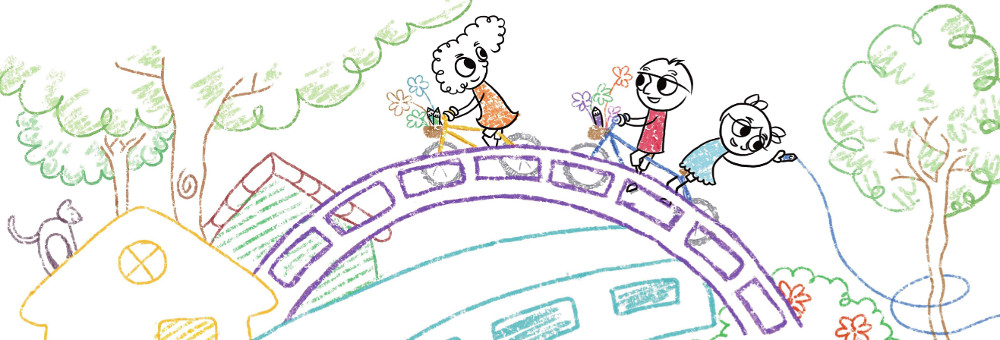Usability assessment with kids is similar hardworkstudio.co.uk people to user friendliness testing with adults. To get the most out from the sessions, and be sure the child is usually comfortable and happy, there are several differences that you must be aware of.
Stress of recent people and surroundings
Children are far more most likely than adults to find coming across new areas and people tense. You should always remember this, and so try to find as much ways as is feasible to relax the kid. Some things you might do will be:
– Allow a large period of time — at least 10 minutes — to meet the child. This is crucial in adding them confident before beginning the session. A lot of easy circumstances to talk about might be computer games, cartoons, sports or school. Planning to make every one of the equipment employed during the program match that which the child uses at home/school (phone up their parents/teachers beforehand to check). — Try to become as relaxing and reassuring as possible. It’s especially important to create it very clear to the child that you want all their views on the internet site and that you are not testing these people. – Plan for the fact that younger children may prefer all their parents to remain in the diagnostic tests room with them. Be sure that parents understand that they should avoid the child’s line-of-sight and not support or distract them.
Asking for support
Youngsters are far more utilized to asking for — and receiving — help than adults, therefore it is very important with respect to the pemandu to:
– Obviously explain at the beginning of the test you want the child to use the site by themselves – Make a sustained effort to deflect such questioning through the session by itself
Specific manners of deflecting questions consist of:
– Answering a question with a dilemma (e. g. What do you believe you should do now? ) — Re-stating that you might want the child to work with the site automatically – Asking the child to acquire one previous g’ prior to you will leave your site and go to something else
Children get tired, weary and disappointed more easily
Children (especially of youthful ages) are less inclined — and/or in a position – to work with themselves into a single activity for a extented period. Several ways to operate around this happen to be:
— Limiting treatments to 1 hour or less. – Acquiring short breaks during trainings if the child becomes exhausted or irritable. – Ensuring that sessions cover the expected tasks/scenarios within a different order – this will likely make sure that the same scenarios are not always examined by tired children, who are less likely to succeed/persevere. — Asking your child for support so as to provide these motivation (e. g. asking ‘Could you please identify for me how to… ‘, or by in fact pretending in order to be able find/do something for the site). — Keeping up a reliable stream of encouragement and positive responses (“You’re undertaking really well and telling all of us lots of useful things — it will genuinely help make this website better. Keep it up! “).
The importance of non-verbal tips
Kids can’t be relied upon to verbally articulate their thoughts/feelings, either due to their:
— Not being state enough – Being shy – Unwilling to say the wrong thing and displease a grownup – Stating things they will don’t believe that just to please the mature
This will make it particularly important that the wonderful expert become sensitive to children’s non-verbal cues, just like:
— Sighs — Smiles – Frowns — Yawns – Fidgeting – Laughing – Swaying – Body viewpoint and position
Physical differences
A couple of incredibly obvious – but without difficulty forgotten – differences which need to be taken into consideration are:
– Seat and table settings – Make sure you include a chair/table setting that permits the child to comfortably use a equipment during the session. – Microphone setting – Kids tend to have noise-free voices than adults, hence microphones need to be placed a little nearer for the participant than normal.
Levels of literacy and understanding
It is critical to ensure that a session’s player has an appropriate understanding of the scenario becoming presented to them. Some ways to do this include:
– Requesting participants to re-phrase scenarios/goals in their individual words. – Asking individuals to duplicate a circumstance (i. e. what they are trying to achieve) if the task has gone on for quite a while and you believe they may possess forgotten it.
